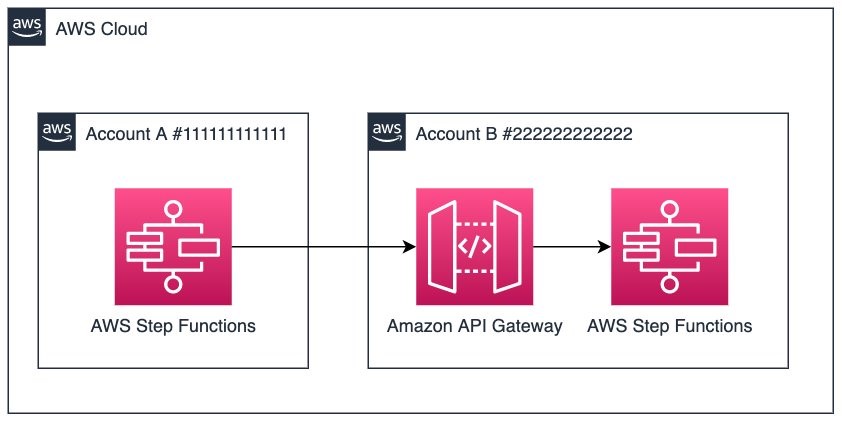AWS Compute Blog
Category: AWS Step Functions
Introducing the new AWS Step Functions Workflows Collection
Today, the AWS Serverless Developer Advocate team introduces the Step Functions Workflows Collection, a fresh experience that makes it easier to discover, deploy, and share Step Functions workflows. Builders create Step Functions workflows to orchestrate multiple services into business-critical applications with minimal code. Customers were looking for opinionated templates that implement best practices for building […]
Building a low-code speech “you know” counter using AWS Step Functions
This post is written by Doug Toppin, Software Development Engineer, and Kishore Dhamodaran, Solutions Architect. In public speaking, filler phrases can distract the audience and reduce the value and impact of what you are telling them. Reviewing recordings of presentations can be helpful to determine whether presenters are using filler phrases. Instead of manually reviewing […]
Orchestrating AWS Glue crawlers using AWS Step Functions
This blog post is written by Justin Callison, General Manager, AWS Workflow. Organizations generate terabytes of data every day in a variety of semistructured formats. AWS Glue and Amazon Athena can give you a simpler and more cost-effective way to analyze this data with no infrastructure to manage. AWS Glue crawlers identify the schema of […]
Combining Amazon AppFlow with AWS Step Functions to maximize application integration benefits
This blog post explores how to integrate Amazon AppFlow and AWS Glue using Step Functions to automate your business requirements. You can use AWS Lambda to simplify the configuration phase and reduce state transitions or create complex checks, filters, or even data cleansing and preparation.
Testing Amazon EventBridge events using AWS Step Functions
This blog post outlines how to use Step Functions, Lambda, SQS, DynamoDB, and S3 to create a workflow that automates the testing of EventBridge events. With this example, you can send events to the EventBridge Event Tester endpoint to verify that event delivery is successful or identify the root cause for event delivery failures.
Orchestrating high performance computing with AWS Step Functions and AWS Batch
This blog post describes several challenges common to orchestrating HPC workloads. I describe how Step Functions with AWS Batch can solve many of these challenges. I provide a project that contains several sample patterns and show how to deploy and test this in your account.
ICYMI: Serverless Q1 2022
Welcome to the 17th edition of the AWS Serverless ICYMI (in case you missed it) quarterly recap. Every quarter, we share all the most recent product launches, feature enhancements, blog posts, webinars, Twitch live streams, and other interesting things that you might have missed! In case you missed our last ICYMI, check out what happened […]
Using AWS Step Functions and Amazon DynamoDB for business rules orchestration
In this post, you learned how to leverage an orchestration framework using Step Functions, Lambda, DynamoDB, and API Gateway to build an API backed by an open-source Drools rules engine, running on a container. Try this solution for your cloud native business rules orchestration use-case.
Choosing the right solution for AWS Lambda external parameters
This post is written by Thomas Moore, Solutions Architect, Serverless. When using AWS Lambda to build serverless applications, customers often need to retrieve parameters from an external source at runtime. This allows you to share parameter values across multiple functions or microservices, providing a single source of truth for updates. A common example is retrieving […]
Running cross-account workflows with AWS Step Functions and Amazon API Gateway
This blog post provides a step-by-step guide on securely invoking a cross-account Step Functions workflow from a central account using API Gateway as front end. This pattern can be extended to scale workflow executions across different Regions and accounts.









